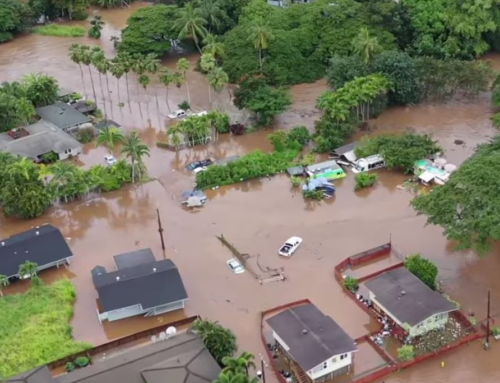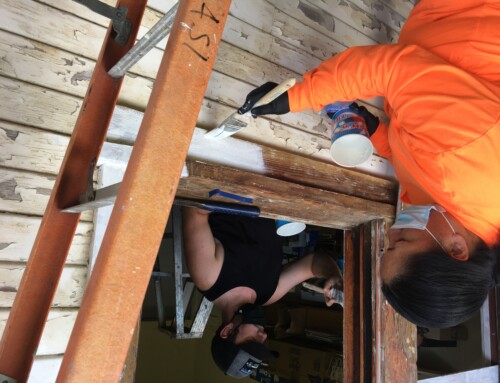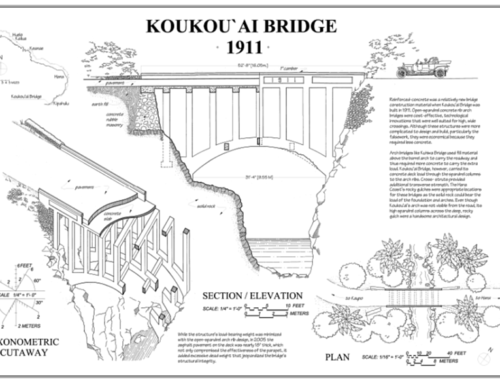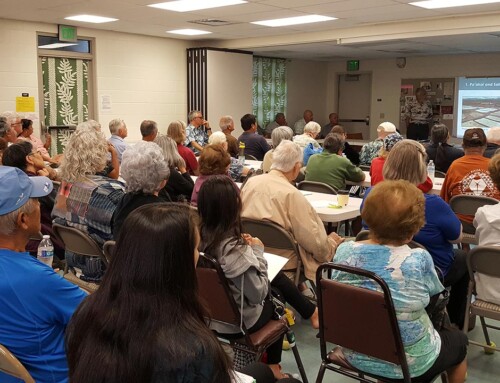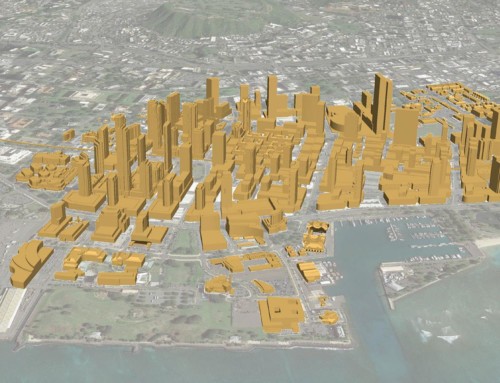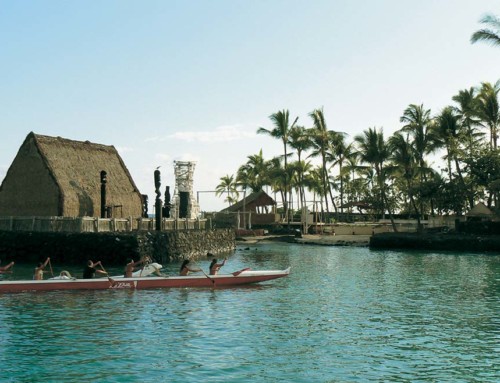A Certified Local Government (CLG) is a local historic preservation program established when a county or municipal government passes a historic preservation ordinance to identify, recognize and protect buildings, structures, objects, sites, and districts which have historic importance. The ordinance establishes a volunteer, citizen commission to develop and carry out the local historic preservation program, usually assisted by the county’s planning department.
In 1966 the National Historic Preservation Act established a nationwide historic preservation program. It defined the state’s role in preservation efforts and created the CLG program to encourage local governments to undertake local historic preservation efforts. In Hawai‘i we have four local governments consisting of our four island counties. Kaua‘i, Maui, and Hawai‘i counties each have a county-level preservation ordinance. Kaua‘i established its Historic Preservation Review Commission in 1987; Maui enacted its Cultural Resources Commission in 1992. Hawai‘i County passed its local preservation ordinance in 2009, but is still working toward implementation of the program.
A CLG helps to preserve local resources by:
- encouraging historic preservation at the local level;
- encouraging local governments to follow the Secretary of the Interior’s Standards & Guidelines for the Treatment of Historic Properties and Archaeology;
- providing technical assistance through the State Historic Preservation Division; and
- providing the counties with funding to underwrite various historic preservation activities.
The benefits of an effective historic preservation program at the local level include building pride in the architectural and historical character of a community.


